When it comes to mechanical properties, there is hardly any coating that can compare to polyurea coating. A product of lining and joint sealing technology, polyurea coatings are commonly applied over concrete and steel for their corrosion protection and abrasion resistance. They also have plenty of advantages over conventional materials due to their fast setting times, great resistance to atmospheric attacks, high elongation, and tremendous abrasion characteristics.
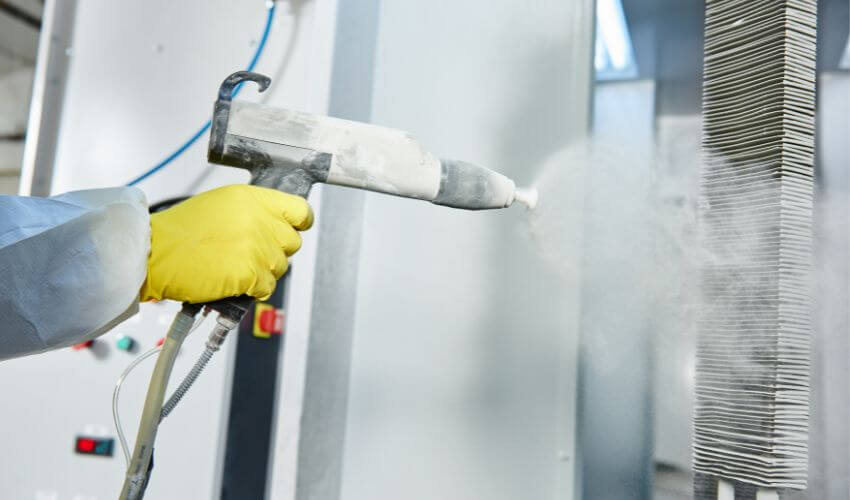
The list of benefits of polyurea spray coatings and their properties is vast – let’s have a look at some of the most common ones below.
Benefits Of Polyurea Concrete Coatings
Polyurea coatings have plenty of advantages that set them aside from other types of coatings. One of the main benefits of this type of coating is its structural integrity, as well as the flexibility, allowing various formulations of isocyanates to provide the desired setting time, moisture resistance, pigmentation, and many other features. Here is a list of some of the main benefits of pure polyurea coatings:
- Great UV resistance (even greater compared to polyurethane coatings)
- Water resistance and similar waterproof properties (polyurea coatings act as a seal) and stable hydrolysis
- Odor-free (depending on their form)
- Large elongation (from a few hundred to 1000% at break)
- Resistant to VOCs (volatile organic compounds)
- Great chemical resistance
- Flexible against cracks
- High tensile strength (from 1450 to 4350 psi, or 10 to 30 MPa)
- Easy maintenance
- Excellent bonding to prepared substrates
- Fantastic thermal stability – polyurea floors are heat resistant at temperatures of up to 130°C, short-term up to 220°C
- Flexible thickness layers (can be applied at any thickness)
As you can see, polyurea coatings have a range of benefits that makes them a great choice for floors in the construction industry. Their other mechanical properties make polyurea a fast-setting coating system that can be applied smoothly without seams, at any thickness, and quickly and easily.
Their thermal properties, UV resistance, moisture resistance, chemical and abrasion resistance, and durability also make them a solid fit for roof coatings in many industries.
If you are looking for a polyurea coating for your commercial space, you should, however, understand that polyurea is not a coating system for everything. The technology is not affordable, quite complex, and requires a stand-alone application.
Common Uses For Polyurea Coatings
There are many uses for a polyurea coating, but in most cases, these floors are used as a potential solution that will fix cracks, stains, and other damage on a concrete floor. A polyurea coating can refresh the floor and give it a total makeover.
Besides their great industrial use, polyurea coatings are also common in residential settings, where pure polyurea acts as the finish on a concrete substrate, presenting a range of benefits and a cure time that takes less than 24 hours.
Below, we are listing some of the most common examples of polyurea coatings and their application areas, along with some notes on why polyurea is a great material for these different needs and environments.
– Concrete floors
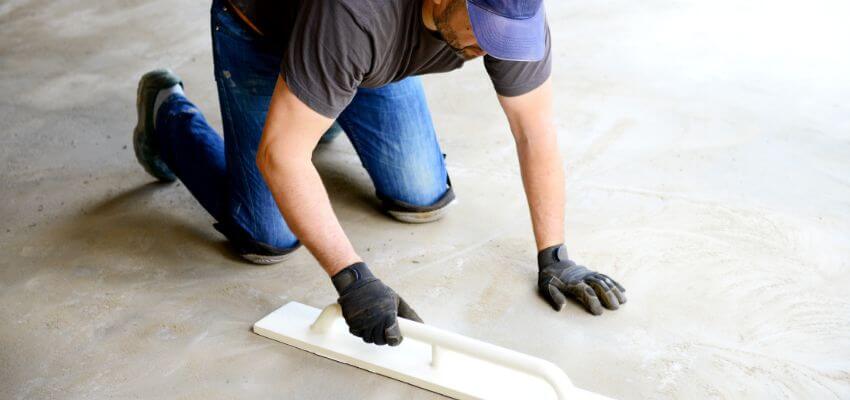
The unique features of polyurea coatings are greatly seen on concrete floors, where the surface strength of these coatings increases, preventing further wear and tear. What’s also great about polyurea coatings on concrete floors is their chemical engineering resistance, as well as their waterproofing and higher point load durability. The coating has an excellent crack bridging ability and can prevent the absorption of dirt and oils, which is why it is also commonly used for parking lots. The slip resistance, improved appearance, and modified options make polyurea a great choice for many concrete applications.
– Roofs (bituminous, tile, metal sheet)
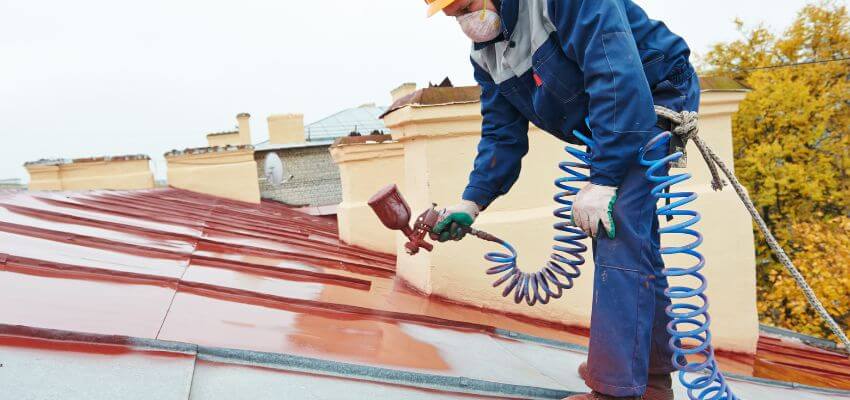
Next on the list are roofs, where polyurea coatings offer seamless waterproofing (even for green roof structures). A coat like this will provide extended service life with durability. Polyurea will reflect heat even with temperatures ranging in the highs. An added benefit is the fire safety, and polyurea is generally easier to spray on complex shapes and roof structures. For selected roof applications, both pure and modified polyurea coating systems work.
– Bridges
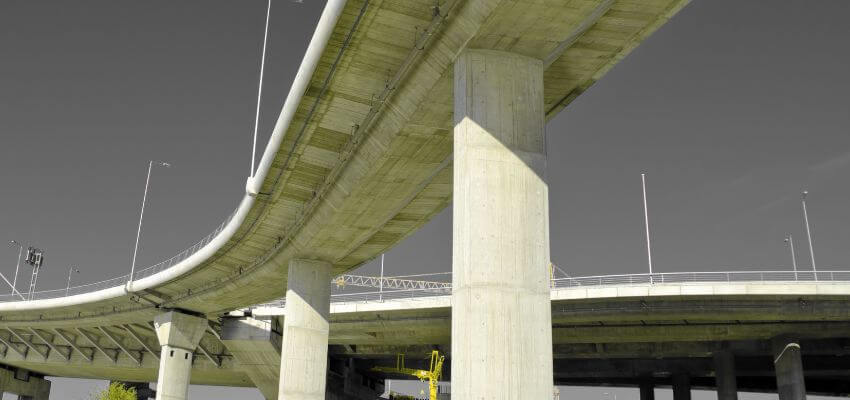
The use of polyurea offers seamless waterproofing beneath asphalt and less traffic interruption during bridge renovation. Its extended service life and the quality of materials make it a great choice as it prevents corrosion. Many transportation agencies recommend the use of polyurea coatings or the use of the material as a second coat for bridges and areas with heavy truck passage.
– Concrete structures
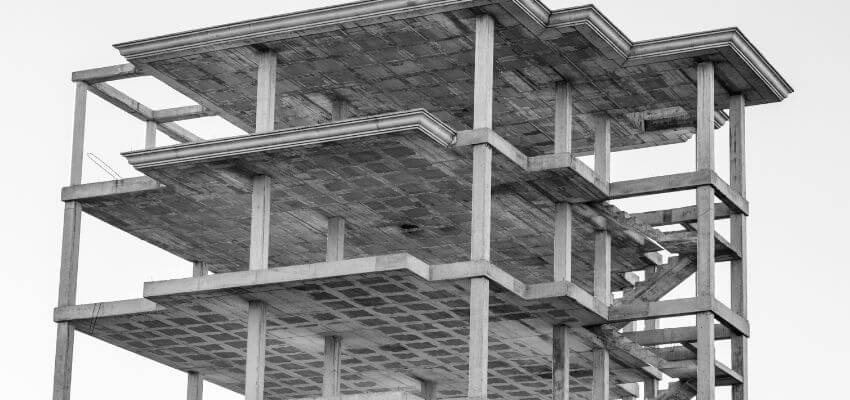
Besides concrete floors, concrete structures also benefit from polyurea materials. The use of this coating on walls, yard decks, parking lots, and other areas has been recommended because of polyurea’s chemical crack bridging ability, excellent service life, and a palette of color options for creating color-coded areas such as parking lots. The color stable features certainly make polyurea a favorite for parking lot units.
– Steel structures
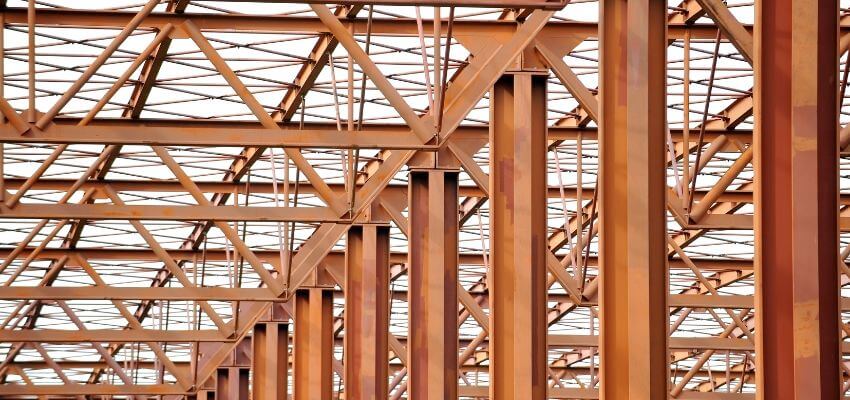
Steel industries also benefit from polyurea – objects such as ramps, spillway gates in hydropower stations, boat landings in turbine foundations, stairs, pillars, and even objects for theme parks use this coating system that aligns to the recommended levels of mechanical stress.
Polyurea coatings also have excellent chemical resistance as well as abrasion resistance. Their impact protection for anticorrosive paint underneath is great, and the coating procedure is fast with quick turnaround times. Lastly, polyurea coatings are sound dampening that guarantees noise reduction. Besides these applications, polyurea is also used for steel in the splash zone and offshore applications.
– Industrial tanks, secondary containment units
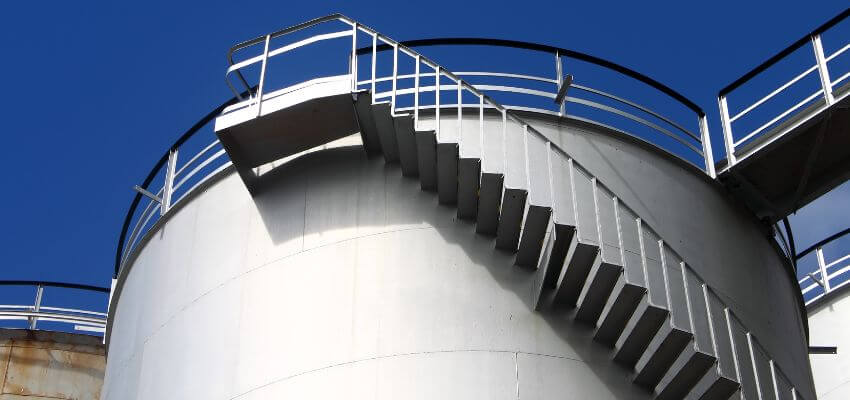
Another benefit of polyurea and its chemical engineering resistance can be seen in industrial settings, especially objects such as tanks and secondary containment units. The material is known to display excellent abrasion resistance, not to mention the friction modification and the fast coating procedure.
– Other areas
Lastly, polyurea is also used in construction areas such as polystyrene sculptures, decorative elements, swimming pools, vehicles in the automotive industry, wood structures, heavy machinery, and many other projects.
To sum it up, polyurea’s ability to cure faster, the ease in spraying, adaptive features to various surfaces, and weather/moisture/elements protection all make it a great material with a wide array of benefits and an extended service life.
4 Key Factors That Determine A Successful Application Of Polyurea Coating
As we said above, polyurea is a material that has some very unique and excellent properties.
Polyurea coatings need four key factors to showcase their full range of benefits and be good to use for years to come. These factors include the following:
1: Proper preparation of the surface area
Professionals familiar with the construction industry know that preparation is key to the installation of every material. If you are installing a polyurea coating, you should first prepare the surface. It’s important to remove laitance, sealers, or other contaminants from the concrete surface and thereby ensure a successful application.
Good surface preparation will allow the coatings to properly penetrate into the surface, aligning and filling each crack and thereby acting as a base for the next steps of the process. Repairing the damage and ensuring there are no cracks is essential before formulation and the selection of primer, which is the next step.
2: Polyurea formulation and primer selection
Formulation, primer selection, and rigorous surface preparation are critical steps for success in the construction industry. If you are working with polyurea coatings, you should read the instructions for proper formulation and bag off/mask the area to protect against any overspray.
3: The use of professional equipment
Polyurea coating technology is seen as a superior system compared to many traditional ones used in waterproofing and protective coating applications. The exceptional properties of polyurea coatings, however, need proper application and use of professional equipment. For example, the machines used for spraying must be able to maintain any temperature up to 176°F and pressure up to 210 bars.
The use of advanced spray equipment for polyurea materials is recommended for more consistent spray performance. From portable to mid-production reactors, industry-leading equipment is designed with the contractor first in mind, delivering unmatched spray performance for all applications and production levels.
4: Trained application teams
As you probably know by now, polyurea coating provides a trusted waterproof lining that benefits the owner with a lot of features. Ideal for roofs, tanks, floors, bridges, steel and concrete structures, and more, this versatile type of coating comes in different types.
Whether it’s aliphatic or aromatic polyurea, the application of this material demands professional attention and a minimum of 2 people to apply this technology. Even though it is an environmentally friendly solution, it is always better if it is applied by knowledgeable staff.
Polyurea Vs. Epoxy Coatings
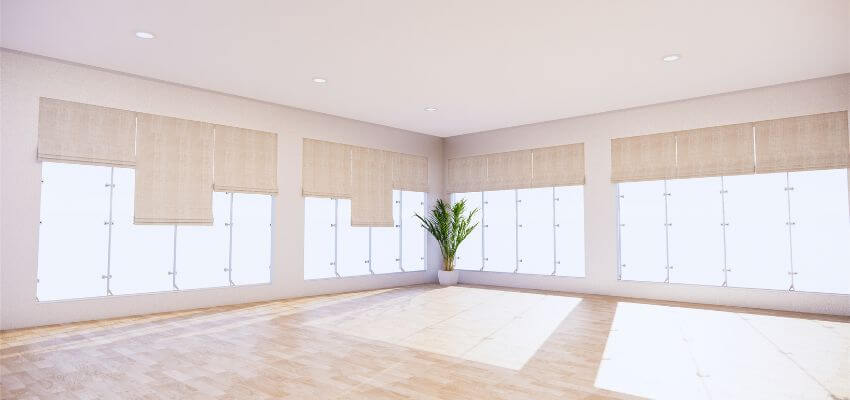
While epoxy flooring has been among the standards for garage floor coatings, polyurea coatings have taken the world by storm over the past couple of years, presenting a more innovative and long-lasting solution to what we currently know as the best choices for garage and industrial floors.
When looking at them from the outside, it’s hard to see how these materials compare and stand up to each other. However, each of these has unique features (resistance to chemicals, adhesion, protection, temperature resistance, etc.) and application methods that separate them and make them fit for different projects and/or industries.
– Durability
On the aspect of durability, polyurea coatings are more durable than epoxy for a range of construction projects. Their chemical resistance, corrosion-free properties, and more flexible structure can withstand heat up to 266℉ and 430℉ for a shorter amount of time. Also, polyurea-coated surfaces are UV resistant and won’t yellow in the sun.
– Longevity
Next up on the list is longevity. Epoxy coatings typically last three to five years before you spot signs of wear and deterioration to chemicals, adhesion, etc. On the other hand, you will get a longer lifespan and greater protection with polyurea, which has a life expectancy of about 15 years. When making a decision, it seems like polyurea surfaces will last for a decade more than epoxy coatings.
– Cost
Epoxy materials are popular because they can be found at the local hardware shops and cost lower, which is also why the product has a greater market share. The average cost for an epoxy resin is $3 to $7 per ft.2, but some products may also cost up to $13. On the other hand, polyurea coatings cost about $7 to $12 per square foot. While polyurea is more expensive in this manner, it is also more cost-effective considering its durability, longevity, and flexibility.
– Prep work needed
Both epoxy and polyurea coatings require special preparation. For epoxy, this may include sanding the surface smooth or acid etching – working with chemicals poses a danger, so make sure this is done correctly.
With polyurea materials, the preparation process starts with the filling of cracks, pits, or hollow spots and adding in a densifier if the concrete is too moist or soft. Still, when polyurea is sprayed on your surfaces, you are avoiding the use of chemicals such as acid with epoxy.
– Cure time
Epoxy is a coating that can take up to five days to cure, depending on the location of your surface. With polyurea, there Is a really fast curing time of only one day! In many applications and industries, you can even walk on it even six hours later and park your cars 24 hours later. This is a tremendous benefit for polyurea technology – making it superior to epoxy in terms of curing time.
– Customization
Everyone appreciates having methods and options to customize their settings, and both epoxy and polyurea have different color options to choose from. While epoxy offers plenty of customizations as a product sold in DIY stores and installed by professionals, polyurea also offers the chip system which brings you endless options in customizing the color of chips on your and the number of chips in each color.
If you are wondering whether to use epoxy coatings or polyurea coatings for your projects, this comparison clearly shows that polyurea is a more durable solution that will last with minimal upkeep and offer solid protection in areas with high and low temperatures, high humidity, etc. However, polyurea coatings might be more expensive compared to epoxy, so choose wisely.
Frequently Asked Questions (FAQ) On Polyurea Coatings
In the final section of this guide, we are listing some of the most frequently asked questions about polyurea coatings and the various types available on the market.
Final words
As you could see from the guide above, polyurea coatings present a lot of benefits compared to other coating materials. They are already widespread around the globe and used in a variety of industries and applications.
However, unlike many other competitors, polyurea is not a material you can easily install by yourself – the formulation, primer selection, and rigorous surface preparation are all essential for success. If you are interested in learning more about this technology or hiring a professional for your next project, don’t hesitate to contact us today.

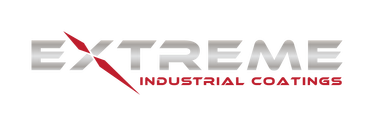
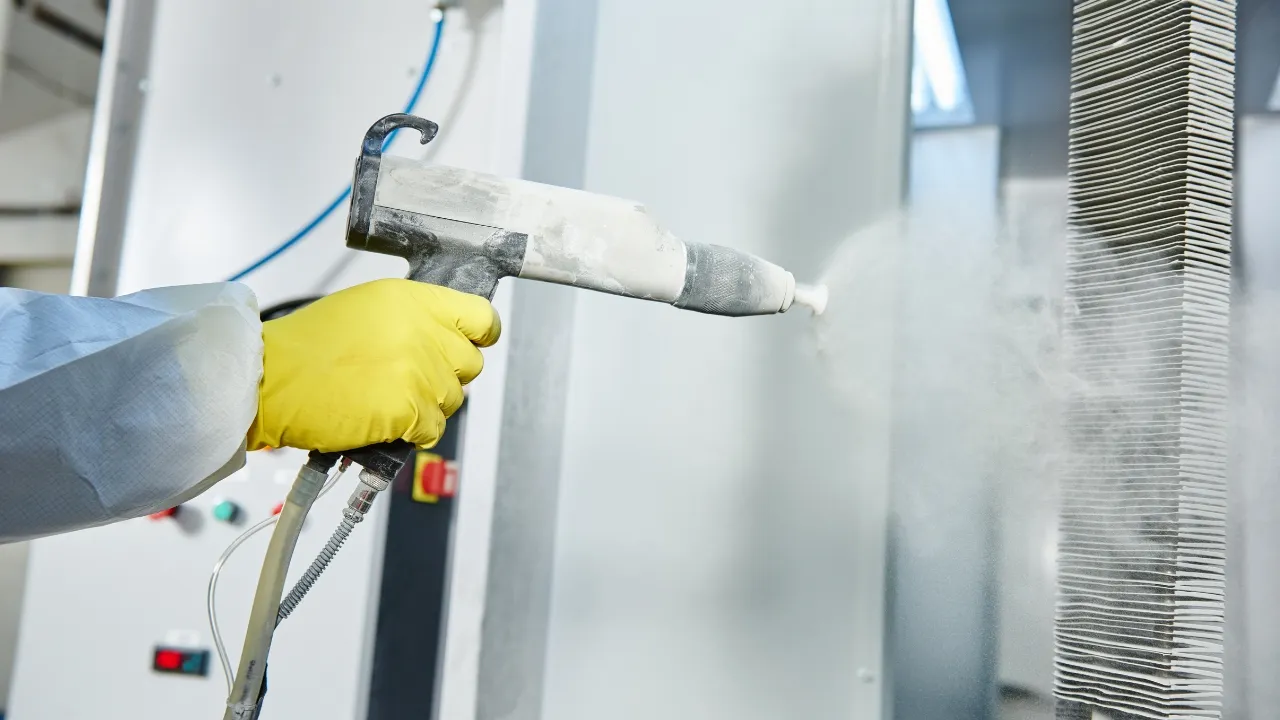
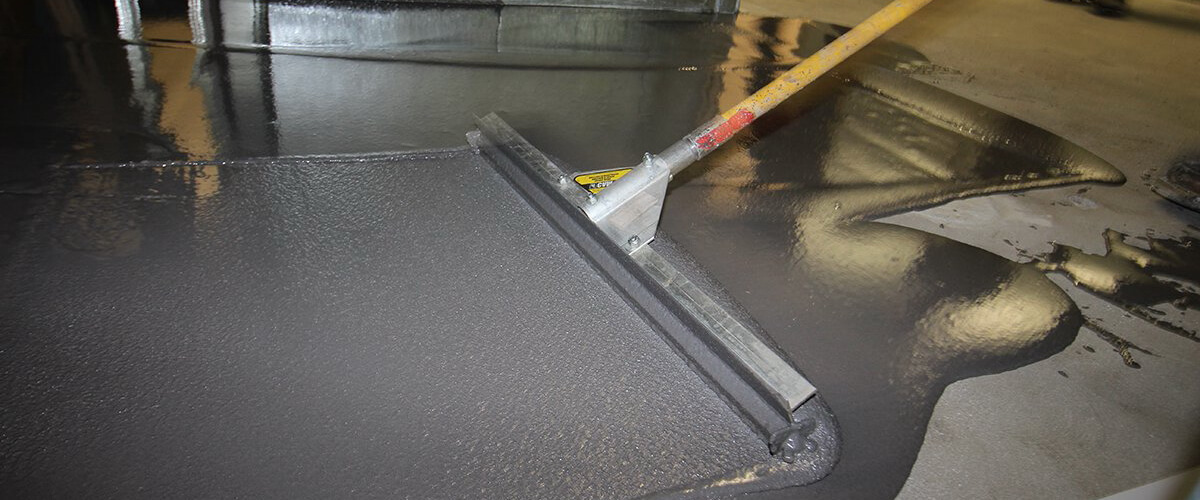
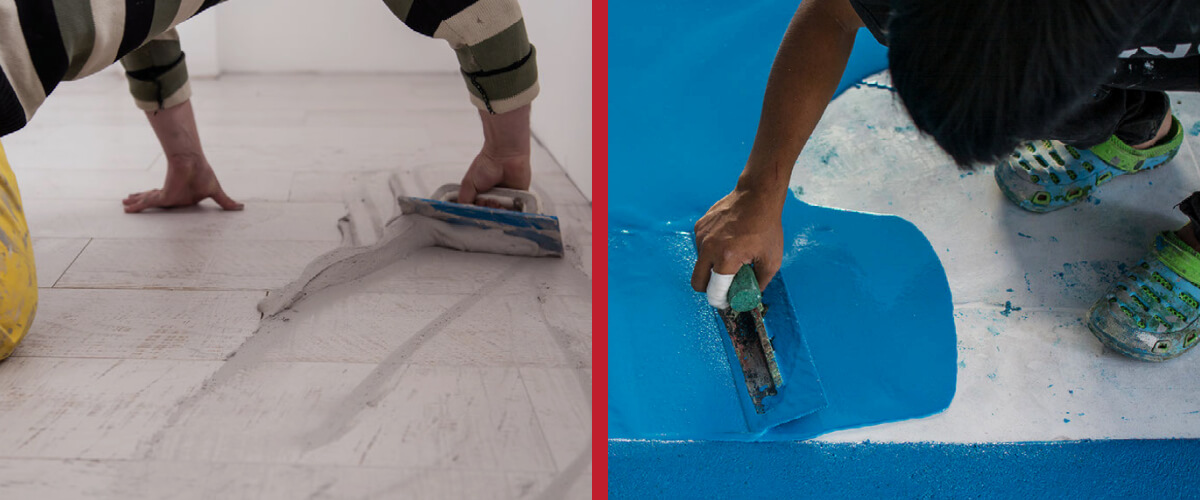
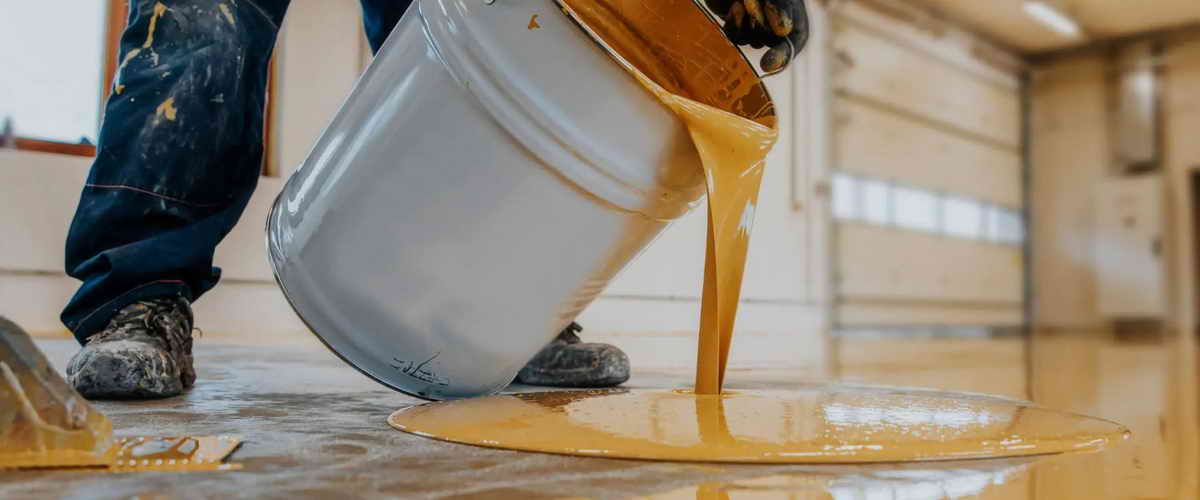
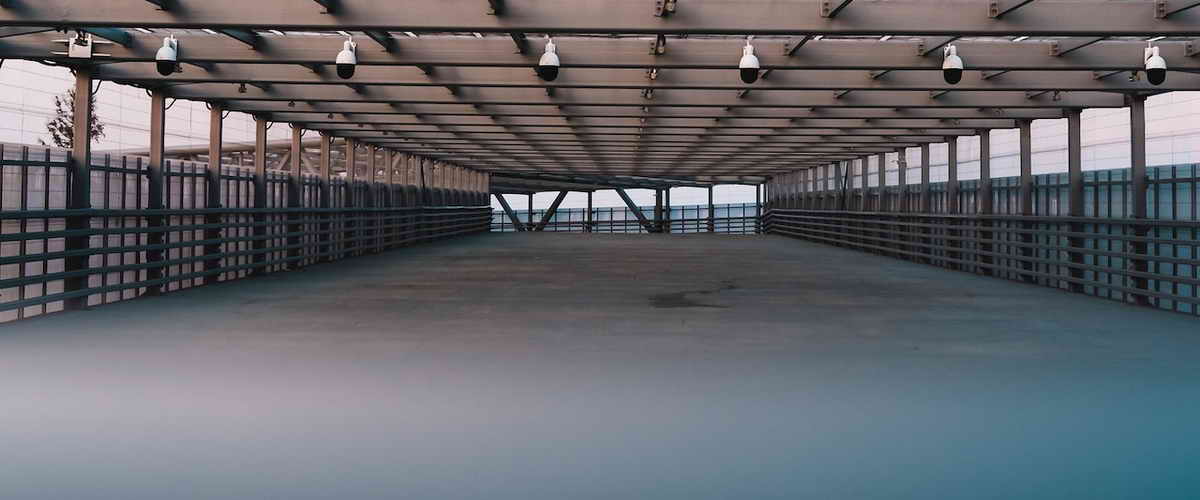
Leave A Comment